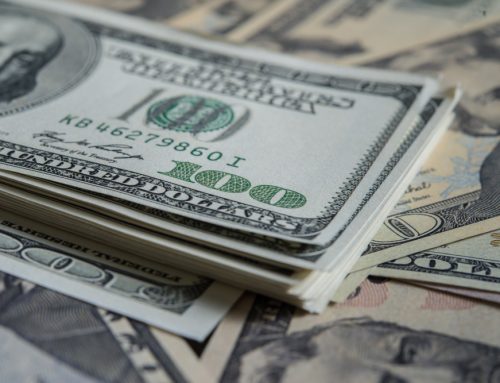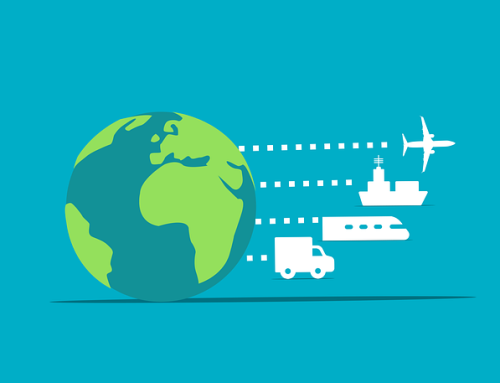April 15, 2023
According to Statistics Estonia, in February 2023, Estonia’s exports of goods increased by 2% and imports decreased by 8% compared with February 2022. Exports of goods amounted to 1.5 billion and imports to 1.6 billion euros at current prices. The trade deficit was 103 million euros, down by 167 million euros year on year.
Jane Leppmets, analyst at Statistics Estonia, noted that trade with European Union (EU) countries increased in February, while trade with non-EU countries declined. “The biggest fall was registered in imports from outside the European Union, which were down by 53%. This was heavily influenced by the reduced imports of mineral products, including various mineral oils, from Russia and Belarus,” explained Leppmets.
The main commodities exported in February were electrical equipment, agricultural products and food preparations, and wood and articles of wood. The exports of agricultural products and food preparations, including wheat and barley, increased the most (up by 53 million euros), followed by exports of transport equipment, including motor cars (up by 49 million euros), and exports of mechanical appliances, including engines (up by 21 million euros). Compared with February 2022, the biggest decreases were registered in the exports of mineral products (down by 68 million euros), and raw materials and products of chemical industry (down by 26 million euros). Year on year, the share of goods of Estonian origin in exports has remained almost unchanged – it was 67% of total exports in February 2023.
Estonia’s top export partner in February was Finland (16% of total exports), followed by Latvia (11%) and Sweden (10%). The main commodities exported were electrical equipment (incl. static converters) to Finland, mineral products (incl. electricity) to Latvia, and wood and articles of wood (incl. wood pellets) to Sweden. The biggest rise occurred in exports to Lithuania, Spain and Sweden. There were greater exports of transport equipment to Lithuania, more exports of agricultural products to Spain, and increased dispatch of wood to Sweden. The biggest decline was registered in exports to the Netherlands, the United States and Nigeria. There were decreased exports of fertilisers to the Netherlands, fewer exports of electrical equipment to the USA, and decreased dispatch of cereals to Nigeria.
The main commodities imported to Estonia in February were electrical equipment, transport equipment, and agricultural products and food preparations. The biggest decreases occurred in the imports of mineral products, including mineral oils (down by 150 million euros), wood and articles of wood, including wood sawn lengthwise (down by 26 million euros), base metals and articles of base metal, including ferro-alloys and flat-rolled products (down by 25 million euros), and raw materials and products of chemical industry, including fertilisers (down by 25 million euros). The biggest increases were recorded in the imports of electrical equipment (up by 40 million euros), agricultural products and food preparations (up by 39 million euros), and transport equipment (up by 34 million euros).
The top partner countries for Estonia’s imports of goods were Finland (16% of Estonia’s total imports), Latvia (12%), and Germany (12%). The main commodities imported were mineral products (incl. electricity) from Finland, mineral products (incl. natural gas) from Latvia, and transport equipment (incl. motor cars) from Germany. The biggest fall occurred in imports from Russia, Belarus and Lithuania. The greatest rise was registered in imports from Latvia, the Netherlands and Finland.
Source: Statistics Estonia
Legal Notice: The information in this article is intended for information purposes only. It is not intended for professional information purposes specific to a person or an institution. Every institution has different requirements because of its own circumstances even though they bear a resemblance to each other. Consequently, it is your interest to consult on an expert before taking a decision based on information stated in this article and putting into practice. Neither Karen Audit nor related person or institutions are not responsible for any damages or losses that might occur in consequence of the use of the information in this article by private or formal, real or legal person and institutions.






